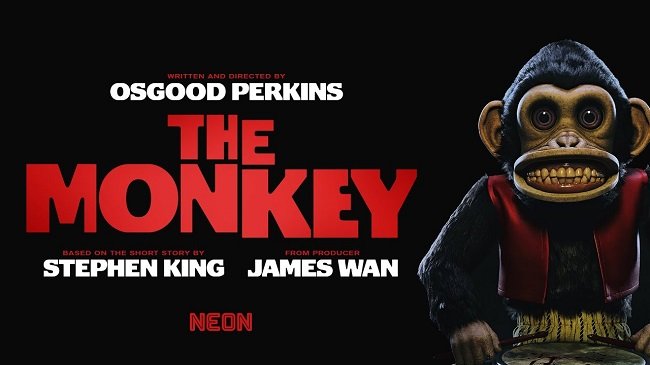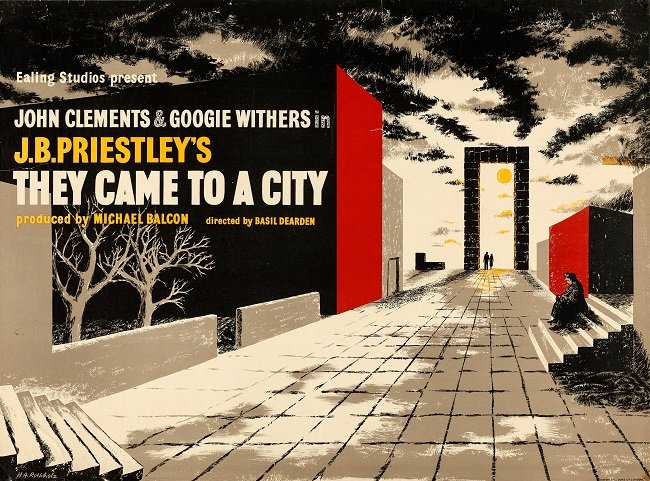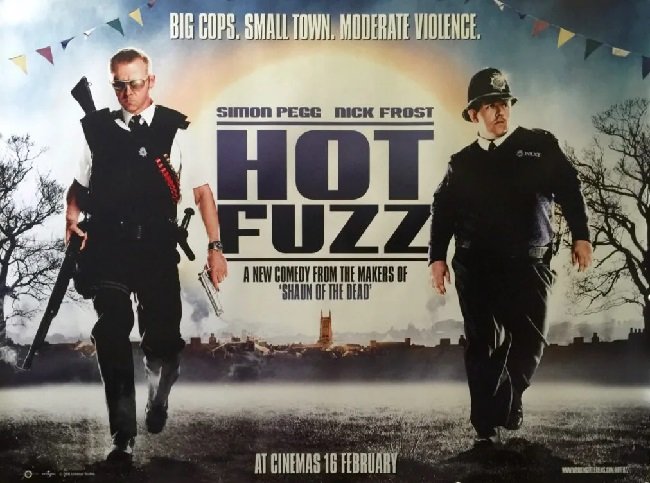The Poppy Is Also a Flower (1966)
I was aware that The Poppy Is Also a Flower (AKA Danger Grows Wild and a host of other titles) had a reputation as being cinematic oddity, but now having watched it, I would go further and say that it really is an utter mess of a film. Yet because of its movie pedigree both in front and behind the camera, it makes for morbidly fascinating viewing. The nuts and bolts of the plot certainly have legs; on paper at least. But the problems ultimately lie with the tonally inconsistent screenplay and the haphazard directing and editing. Despite the presence of Bond director Terence Young and a plethora of Hollywood stars from the time, the movie lurches from location to location, clumsily expediting the plot and extolling its anti-drug message with all the subtlety of a Rhinoceros horn up the backside. The score by Georges Auric sits uneasily with the on screen action and has been woefully integrated into the movie, quickly informing viewers that something is off about the entire production.
The story begins with an undercover agent (Stephen Boyd) from the United Nations buying up the local opium harvest from a Nomadic Afghan Warlord. However, he is a captured and killed by the that crime syndicate that usually traffics the drug to Europe. The Iranian Army led by Colonel Salem (Yul Brynner) subsequently cross the border and irradiate the next opium shipment, so it can be tracked back to the cartel that distributes it. International Agents Sam Lincoln (Trevor Howard) and Coley Jones (E.G. Marshall) then follow the trail of the refined drugs through Italy, France and Monaco, encountering the victims it leaves in its wake. It soon becomes apparent that millionaire businessman Serge Marko (Gilbert Roland) is a major player in the drugs smuggling business, using his various companies as a front.
The Poppy Is Also a Flower was financed as part of a multi motion picture deal, designed to promote the varied work of the United Nations. Funding partly came via the Xerox company who had a reputation for being a big business with a social conscience who regularly supported philanthropic and moral endeavours. Due to the rectitude of the subject matter an extensive catalogue of international stars were recruited for a cavalcade of extended cameos. Allegedly the cast were paid just $1 each as their fee. Director Terence Young prematurely left filming Thunderball, leaving post production in the hands of Peter Hunt, so he could helm this high-profile project. The film was specifically designed for a TV release on the ABC network in the US, with a longer version produced for an international theatrical release. The theatrical print is currently available on DVD and video on demand.
Despite Terence Young’s track record for managing such international projects, the final results are choppy and lacking in focus. The initial story conceived by Ian Fleming, was then developed into a screenplay by Jo Eisinger. It lacks any major character development, due the extensive number of celebrity cameos. The nearest the story has to main protagonists are agents Lincoln and Jones. However, they seem somewhat miscast due to their respective ages at the time (both being in their mid-fifties). Despite the serious nature of the films central theme, these two agents regularly lapse into light hearted banter and settle decisions by rock, paper, scissors. It all seems at odds the ongoing sombre proceedings. Agents Lincolns amorous advances towards various female cast members also raises an eyebrow. Whenever the script tackles the issues of addiction and the iniquities of drugs, it is hardly nuanced in its approach. The dubbing also works against the English language version of the movie, with poor lip-syncing and questionable voice acting.
Considering the scope of the story with murderous drug gangs and the deprivations of addiction, The Poppy Is Also a Flower is quite restrained in what it shows. Most murders take place off screen and we are shown a few ravaged addicts in an Italian police station but nothing much else. The torture and murder of various agents, along with the consequences of heroin abuse are mainly talked about in government departments or in conference rooms. The marketing of the film focused very much upon the James Bond connection of Terence Young and Ian Fleming, but apart from the glossy European locations, the film lacks the slickness and dynamics of an 007 movie. The theatrical release features an oddly out of place female wrestling match in a sleazy nightclub and an extended (and excruciating) musical performance by Trini López at a gala charity event. The icing on the cake for this odd, misfire off a movie, is a fight scene on a train between Harold Sakata (best known as Odd job in Goldfinger) and a E.G. Marshall. It is rapidly edited to try and cover its incongruous nature and is more of a source of bemusement than excitement, which in many ways is a succinct distillation of The Poppy Is Also a Flower in its entirety.




























